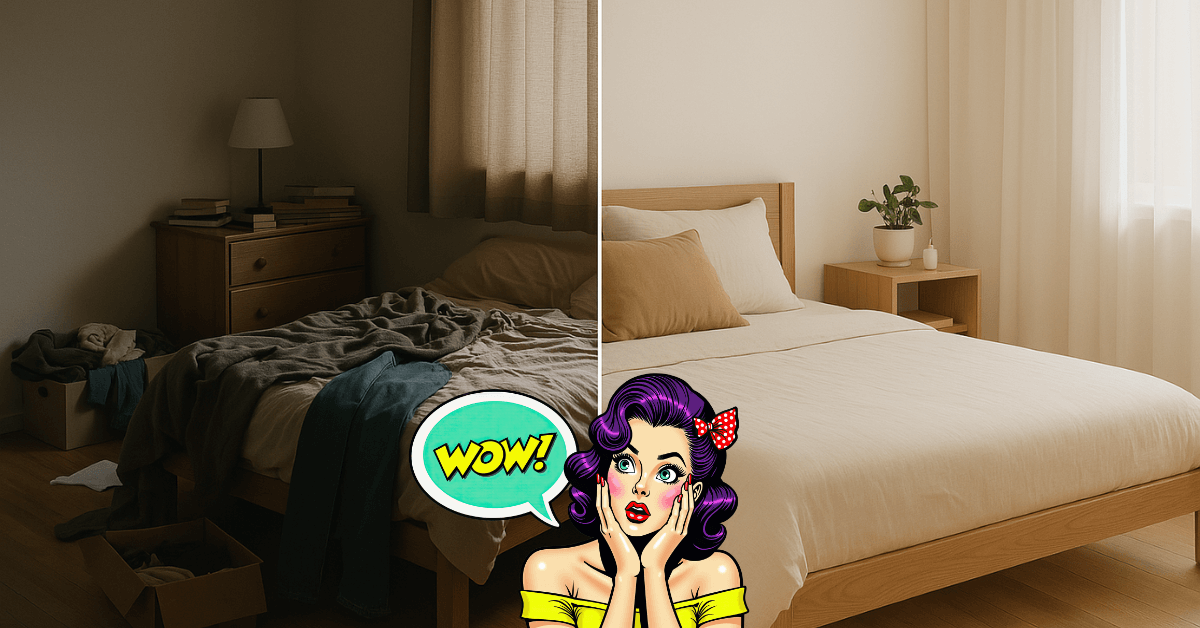Maintaining a tidy home can often feel like an uphill battle, especially when life gets busy. We clean, organize, and declutter—only to find ourselves surrounded by chaos again within weeks. For those who’ve experienced this cycle, the idea of “minimalism” can sound both attractive and intimidating. But in reality, minimalism isn’t about owning less for the sake of it; it’s about living with intention, reducing distractions, and creating space for what truly matters.
Table of Contents
Over time, I discovered that certain minimalist habits—what I call the 7 Pillars—made the biggest difference in transforming my once messy, overwhelming space into a calm and manageable environment. These aren’t quick hacks or surface-level tips. They are guiding principles that support long-term clarity, both in your home and your mind.
Let’s walk through the 7 Pillars of Minimalist Habits—each one is designed to help you shift from clutter to calm, step by step.
1. Clarity: Know What You Actually Need
The first step in minimalist living is understanding what truly adds value to your life. Clarity means learning to distinguish between items that serve a real purpose and those that are just taking up space. Often, we keep things “just in case” or out of habit. But when we take the time to evaluate what we use regularly, we realize how much we can let go of.
Why it matters: Clutter doesn’t just take up physical space—it clouds your mental space. Gaining clarity helps you make faster decisions, reduces overwhelm, and brings intention to every corner of your home.
2. Control: Create Systems That Work for You
Minimalism isn’t about being perfectly tidy—it’s about having control over your space. This means building simple, repeatable systems that help you stay organized. Whether it’s a “place for everything,” a laundry routine, or a digital filing system, these small processes reduce friction and help prevent future messes.
Why it matters: Without systems, clutter comes back quickly. Having control means less stress, fewer decisions, and more mental energy for things that truly matter.
3. Consistency: Small Habits, Done Daily
Consistency is what turns minimalism from a one-time effort into a way of living. Instead of deep-cleaning once a month, consistent micro-habits—like resetting a room before bed or sorting mail immediately—help you maintain calm without effort.
Why it matters: Small tasks done consistently are easier and more effective than big tasks done occasionally. Consistency leads to lasting change, with far less burnout.
4. Containment: Define Boundaries for Belongings
Every category of item in your home should have a physical boundary. This could be one drawer for tech gadgets, one shelf for books, or one basket for toiletries. Containment isn’t about restriction—it’s about being intentional with space and recognizing when enough is enough.
Why it matters: Defined spaces make it easier to find things and identify when you’re accumulating too much. It brings visual order and helps maintain a natural limit.
5. Conscious Consumption: Pause Before You Purchase
Minimalist living starts long before clutter appears. Conscious consumption means slowing down before buying anything—asking yourself if you truly need it, if it adds value, and where it will go. It’s about shopping less reactively and more intentionally.
Why it matters: Most clutter begins with a purchase. Being mindful of what comes in stops the problem before it starts and leads to greater financial freedom and less waste.
6. Cyclical Decluttering: Revisit Regularly
Minimalism is not a one-time purge—it’s an ongoing relationship with your belongings. What serves you today might not serve you six months from now. Seasonal decluttering sessions help you reassess your needs and let go of the excess.
Why it matters: Life changes, and so do your needs. Decluttering in cycles ensures your space evolves with you and never becomes stagnant or overwhelming.
7. Calm: Prioritize Peace Over Perfection
At its core, minimalism is about creating a home that supports your mental well-being. This final pillar reminds us that the goal is not perfection—it’s peace. A home that feels calm, breathable, and manageable has a direct impact on how we feel and function every day.
Why it matters: The goal isn’t to have a picture-perfect house. It’s to create a space that feels restful, supports your lifestyle, and brings you clarity and calm.
Closing Thoughts: Minimalism Is a Mindset, Not a Rulebook
Minimalism doesn’t mean throwing everything away or living in an empty space. It’s about curating a life that feels lighter—one where your home becomes a place of rest and clarity, not another source of stress. The 7 Pillars—Clarity, Control, Consistency, Containment, Conscious Consumption, Cyclical Decluttering, and Calm—offer a practical framework to help you get there.
You don’t have to master all of them overnight. Start with one. Let it become part of your routine. Then slowly add the next. Over time, you’ll notice the difference—not just in your home, but in your daily energy, focus, and peace of mind. Because when your environment supports your well-being, everything else starts to fall into place.





